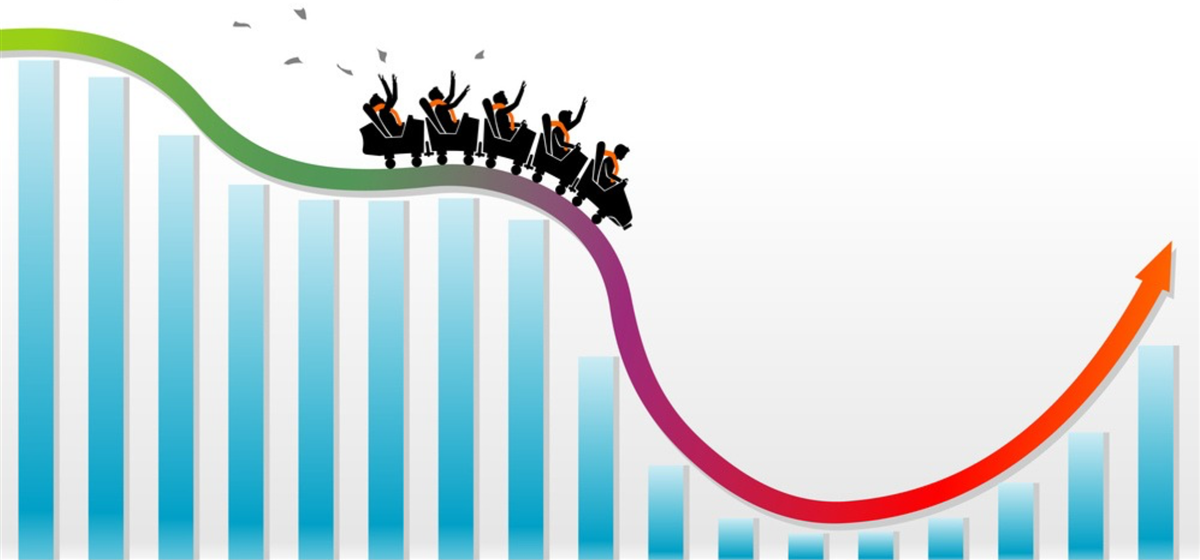When markets swing, volatility ETFs become magnets for traders seeking short-term opportunities and directional leverage. These ETFs are designed not just to track the underlying movement of indices, but to magnify or counteract those shifts in real time. For anyone active in indices trading, these products provide tools that can either hedge, speculate, or amplify exposure, depending on your strategy and timing.
Volatility Itself Becomes the Asset
Most ETFs mirror a basket of stocks, tracking an index like the S&P 500 or Nasdaq. But volatility ETFs take a different approach. Instead of stocks, they track futures contracts tied to the volatility index (VIX) or other implied volatility measures. This makes them extremely responsive to changes in market sentiment and investor fear.
When panic sets in, and volatility rises, these ETFs often surge even when the broader market is falling. This inverse relationship offers protection when traditional equity positions struggle, which is one reason volatility ETFs remain a popular hedge in professional indices trading strategies.
Short-Term Use Offers Precision and Risk Control
Volatility ETFs are not meant to be held for long. Their structure includes daily rebalancing, which can lead to value erosion over time due to compounding effects. Instead, they are best used as tactical instruments, entered and exited within a few days, or even within a single session.
Active traders use these ETFs to play expected market reactions to events such as earnings seasons, interest rate decisions, or political developments. When volatility is forecasted to spike, these instruments can deliver quick gains that outperform traditional index ETFs.
That said, their speed cuts both ways. Moves can be dramatic in either direction, which makes stop-loss orders and tight risk management essential.
Inverses Add Firepower in Falling Markets
While standard volatility ETFs spike when fear increases, inverse ETFs move opposite to a specific index. These instruments are often used by traders seeking to profit from declines without short-selling. For example, an inverse S&P 500 ETF rises when the index falls.
This creates a useful combination for indices trading enthusiasts who want to stay active during bearish market phases. Pairing a standard index ETF with an inverse volatility product can build a dynamic position that balances risk and reward, depending on market conditions.
Volume and Liquidity Keep Execution Smooth
Not all ETFs trade with equal ease. The most popular volatility and inverse ETFs enjoy deep liquidity, meaning tighter spreads, smoother fills, and better execution. Traders looking to enter and exit quickly often prioritize these high-volume tickers, particularly during market open and close.
Liquidity becomes especially important during times of stress. When volatility spikes, ETF spreads can widen dramatically, reducing execution quality. Familiarity with average volume, bid-ask behavior, and recent price ranges adds an edge when deploying these products in fast-moving sessions.
Choosing the Right Tool Requires Clarity of Intent
There’s a difference between wanting exposure to volatility and simply reacting to market noise. Volatility ETFs are best used with a defined purpose. Whether the goal is to hedge an existing position, capture a short-term breakout, or manage overnight risk, clarity matters.
For traders in indices trading, these instruments should be viewed as scalpel-like tools—not blunt force exposure. They offer precision when used well and destruction when misused. Understanding their structure, behavior, and best use cases is essential to making them a profitable addition to any trading plan.



